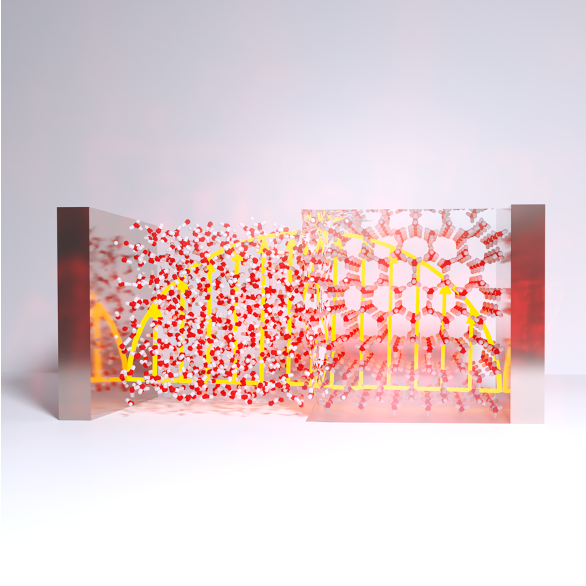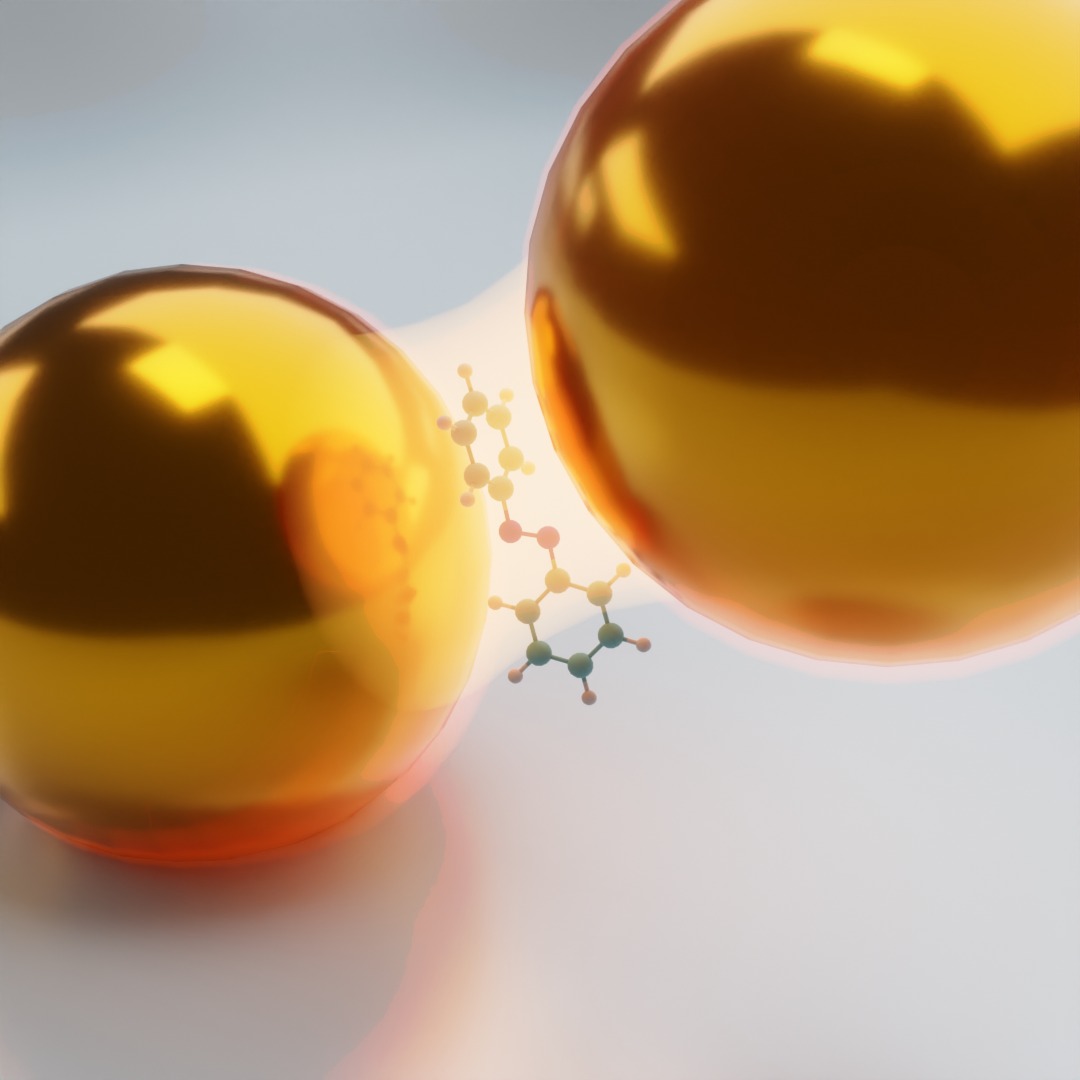

Our research focuses on exploiting quantum light-matter interactions to modify the properties of both matter and light. Our group will develop a new set of theoretical and computational methods to simulate a wide range of important and exotic physical and chemical phenomena induced by light-matter interactions, and provide detailed microscopic insights into the intricate quantum dynamical interplay of photons, phonons, and electrons. Using these insights, we will discover new strategies to tune and control matter to enable practical applications in chemical synthesis, solar energy conversion, neuromorphic computing, and quantum information science.
Here is a review to get you started:

Coupling matter to quantized radiation inside optical cavities lead to the formation polaritons, a light-matter hybrid quasiparticle, that enables the generation of exciting new chemical and physical phenomena in a highly controllable manner.
We design and investigate new ways of modifying matters’ physical and chemical properties on the macroscopic scale (i.e. the collective regime) by strongly coupling matter with quantized light. At the same time, we develop new computational approaches to investigate cavity-modified phenomena at the macroscopic scale.

As a light-matter hybrid quasi-particle, polaritons enjoy the best of both worlds from the perspective of classical computing devices and quantum information technologies. On the one hand, their matter component allows for non-linear interactions suitable for computation, while their photonic component allows for efficient information transport by limiting decoherence and dephasing.
We explore strategies for developing transistors, classical gates, quantum gates, frequency converters and analogue quantum simulators by exploiting the rich dynamical interplay of electrons, photons and nuclear motion.

In plasmonic chemistry, illuminated metal nanoparticles can significantly modify chemical reactivity. However, despite decades of research, the field suffers from a poor mechanistic understanding of the fundamental principles governing plasmonic catalysis.
We are interested in developing a general quantum dynamics framework that makes no a priori mechanistic assumptions combining the tools of quantum chemistry, quantum dynamics and quantum optics. Our goal is discovering new strategies for quantum sensing and new chemical reactivities.
